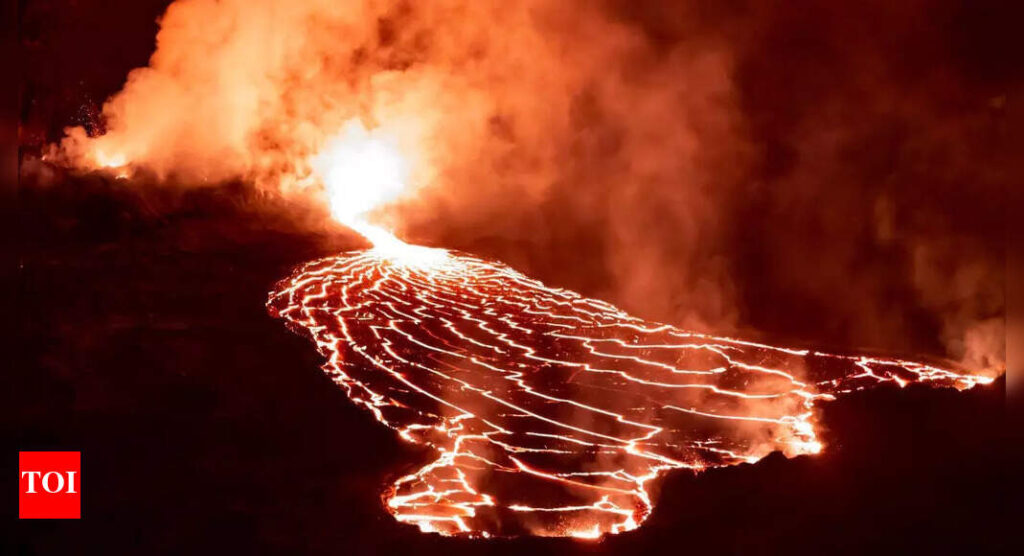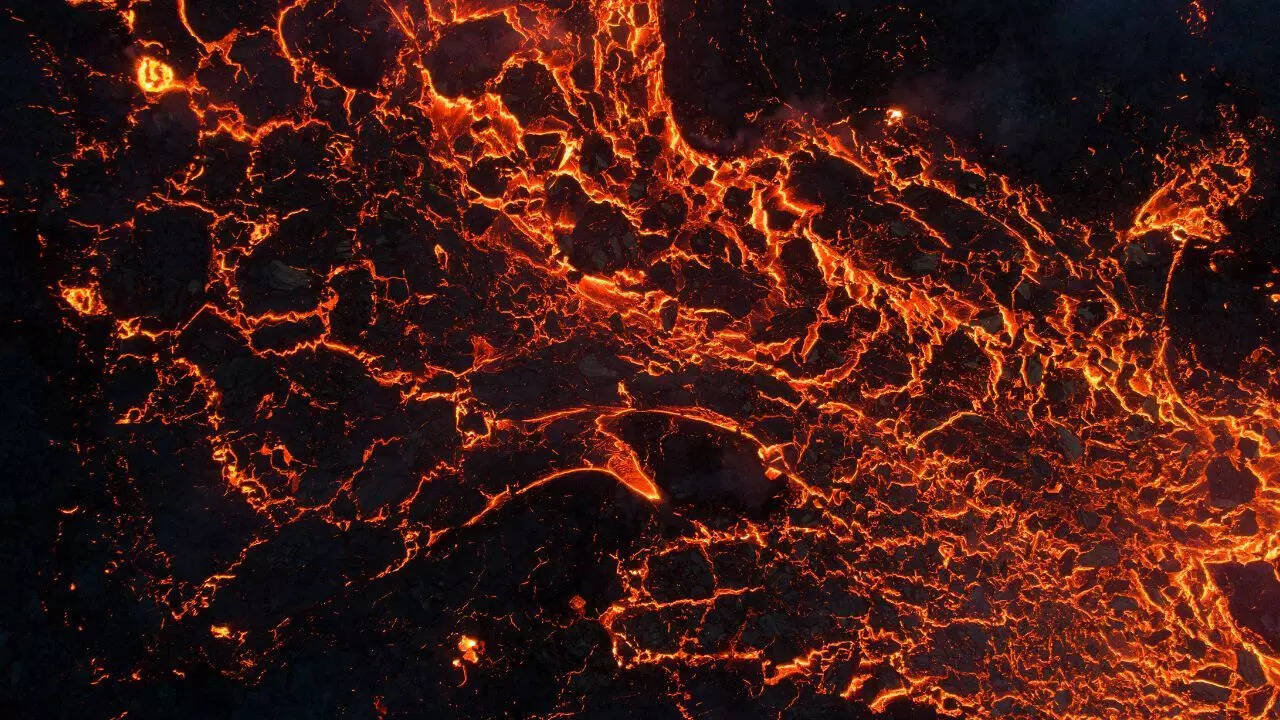What lies under: A massive hot blob is approaching New York city; here’s what it means |

What is the ‘hot blob ’?
The so-called “hot blob” is officially referred to as the Northern Appalachian Anomaly (NAA). It sits about 200 km beneath the Earth’s surface and stretches around 355 km across the northeastern US, including parts of New England. It’s a patch of unusually hot rock moving very slowly under the Earth’s crust.

Researchers originally believed it was a remnant from 180 million years ago, when North America separated from Africa. But new findings suggest it actually formed around 80 million years ago, during the breakup of ancient land masses that became Canada and Greenland.
Why and how is it moving?
According to a study published in Nature, the hot blob forms when molten rock from the mantle rises into cracks in the Earth’s crust created by ancient rifting. Over time, as it cools, the material begins to sink or “drip” downward, causing ripple-like movements known as mantle waves.

“Heat at the base of a continent can weaken and remove part of its dense root, making the continent lighter and more buoyant, like a hot air balloon rising after dropping its ballast,” explained Professor Tom Gernon, lead author of the study and Professor of Earth Science at the University of Southampton. This uplift effect might explain why the Appalachian Mountains have remained so tall despite millions of years of erosion.
Could it be dangerous?
The answer is not anytime soon. The blob is moving at about 19 km per million years, meaning it would take roughly 10 to 15 million years to reach New York City. Still, it may have geological impacts, possibly explaining why rare volcanic eruptions in the region sometimes bring diamonds to the surface.







